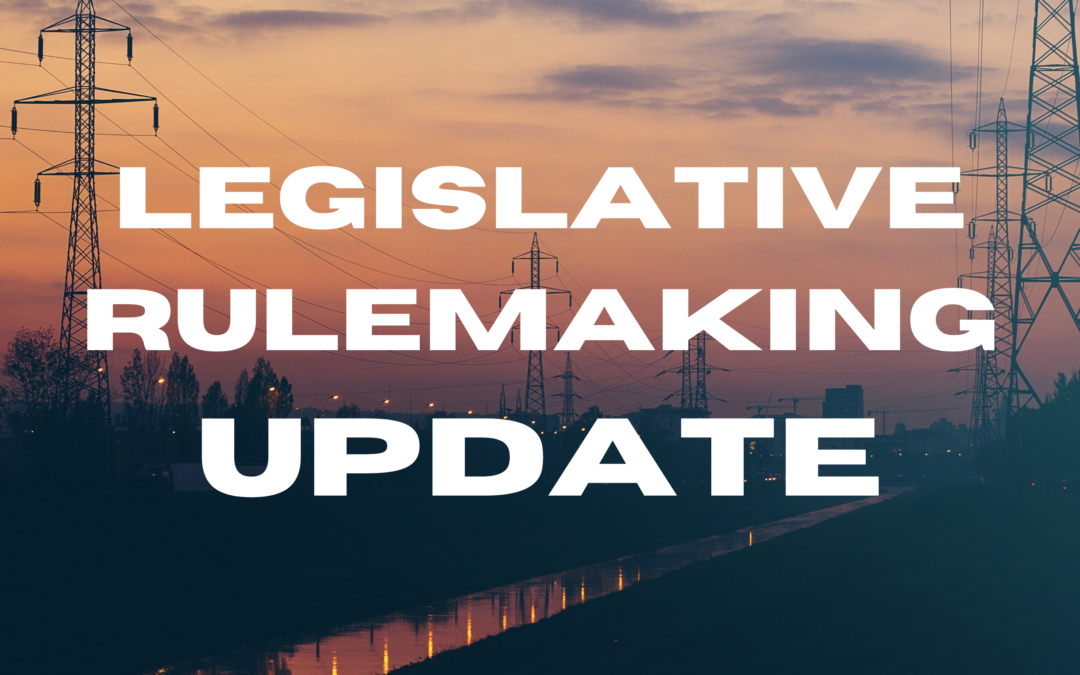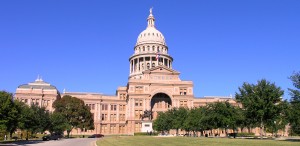HB 4492 includes within its 27 pages detailed language that pertain to the recovery of extraordinary energy-related costs falling broadly into two categories — the “default balance” costs and the “uplift balance” costs.
________________________________________________
Although the Texas Legislature adopted more than a dozen reform bills in response to last February’s winter crisis, only one — House Bill 4492 — specifically targets the unexpectedly massive ERCOT-related charges that hit some retail electric providers during the event. Under HB 4492, REPs and other so-called “Load Serving Entities” can apply to recover some of these extraordinary costs. HB 4492 also calls for the use of long-term debt, charged to ratepayers, to finance the recovery payments.
But adoption of HB 4492 was the easy part. It’s now up to the Texas Public Utility Commission to implement the legislation, and already a thorny issue relating to the allocation of relief dollars has begun dividing stakeholders. The problem is one of netting — that is, whether payments to some load serving entities should be netted against revenues received by their corporate affiliates. How the PUC ultimately settles this issue and related ones will determine who HB 4492 ultimately helps — and by how much.
House Bill 4492
HB 4492 includes within its 27 pages detailed language that pertain to the recovery of extraordinary energy-related costs falling broadly into two categories — “default balance” costs and “uplift balance” costs. The law defines the first of these categories, the default balance costs, as approximately $800 million owed to ERCOT because of market participant defaults during the “period of emergency,” which HB 4492 defines as that period during Winter Storm Uri beginning at 12:01 a.m. on February 12, 2021, and ending at 11:59 p.m. on February 20, 2021. HB 4492 calls for the use of money from the state’s Economic Stabilization Fund (also known as the “Rainy Day” fund) to cover these defaults, and stipulates that ERCOT market participants will repay the $800 million through a process established by the PUC.
However, it is the second of the two categories — that pertaining to “uplift balance” costs — that has stakeholders divided. Under HB 4492, the “uplift balance” consists of approximately $2.1 billion in “ancillary service” charges and “reliability deployment price adders” (RDPA) imposed during the period of emergency and in excess of a $9,000 system-wide cap. HB 4492 enables Load Serving Entities to recover these amounts though a process that includes the issuance of PUC-approved debt. Ancillary Services and RDPA charges typically contribute less than $50 per megawatt hour to overall energy costs. During the period of emergency, however, the prices of ancillary services and RDPA both topped $9,000 for prolonged periods. (You can read more about ancillary services and RDPA, in the ERCOT glossary, found here.)

Winter Storm Uri knocked out power to four million Texans. It also led to the assessment of extraordinary ERCOT-related charges on many retail electric providers.
NETTING ISSUE
Whether or not the PUC authorizes netting when setting HB 4492 rules will determine which Load Serving Entities benefit from its uplift balance provisions and by how much. This issue is this: some retail electric providers and other LSEs eligible for uplift balance recovery have corporate affiliations with power generators. As it turns out, many of these generators benefitted from the extraordinarily high ancillary service charges and RDPA charges. That is, while a retail electric provider was paying excess costs, its affiliated generator potentially was enjoying a windfall.
As such, some market participants say the PUC should set rules for HB 4492 that nets the recovery of dollars for Load Serving Entities against related excess revenues accrued by their affiliated generators. The sponsor of HB 4492 in the Texas Senate, Sen. Kelly Hancock, as well as more than a dozen other senators and Lt. Gov. Dan Patrick favor this approach. “The Senate would not have passed a bill giving taxpayer dollars to companies that profited during the storm,” Patrick said in an August 16 letter to the PUC.
Such an interpretation also would ensure that sufficient dollars remain available to fund the bill’s uplift balance provisions. Otherwise, the cost of these provisions in HB 4492 would total an estimated $3.4 billion — an amount far surpassing the law’s $2.1 billion cap. Without netting, the PUC would have to devise a proration system that likely would mean that some LSEs would receive very little or no recovery under HB 4492.
All else held equal, netting generally favors Load Serving Entities without affiliated generators over LSEs with such affiliations. Not surprisingly, then, LSEs with affiliated generators have balked, and in filings at the PUC some have noted that netting would unfairly discriminate against many end-use customers for no other reason than the corporate structure of their energy provider.
For instance, Texas’ largest generation fleet owner, Luminant, has sister companies in TXU Energy Retail, Ambit Texas and others. These sister companies filed a briefing in opposition to netting. “The only question is whether ‘a municipally owned utility, an electric cooperative or a retail electric provider’ was ‘subjected to’ uplift balance costs … (and) not whether the parent of or an affiliate of an LSE experienced related or unrelated financial impacts,” the TXU filing states.
Rep. Chris Paddie, the House sponsor of HB 4492, also opposes netting. “The legislation is clear that each load-serving entity is to provide documentation of its own exposure to the uplift costs. … It does not contemplate or authorize any ‘netting’ between companies,” Paddie wrote in an August 2 letter to the PUC.
PAYING CUSTOMERS FIRST
In all, more than 20 separate parties at the PUC weighed in on the netting issue, some expressing their support, others their opposition. Separately, some parties also urged the PUC to adopt rules for HB 4492 that ensure that any uplift balance recovery dollars received by LSEs flow first to end-use consumers. Otherwise, they argue, an LSE conceivably could keep the recovery money for itself and then leave its customers to pay non-bypassable surcharges for a period that could extend 30 years.
“Prioritizing refunds to retail customers is equitable because sophisticated LSEs — whose entire business is electricity — are in a better position than their customers to manage the risk of uplift costs,” attorney Katie Coleman of the Texas Industrial Electricity Consumers wrote in a September 1 PUC filing. “Further … it would be a double-payment for a customer that paid uplift costs to receive only a partial refund but bear the full amount of future financing charges.”
Stakeholder comments regarding the implementation of HB 4492 and the netting issue can be found on the PUC interchange on the agency’s website, under docket 52322. The agency is expected to finalize rules for HB 4492 within the next two months.
You can find further explanatory material about “ancillary services,” “Reliability Deployment Price Adder” and related terms in the ERCOT glossary, found here.


